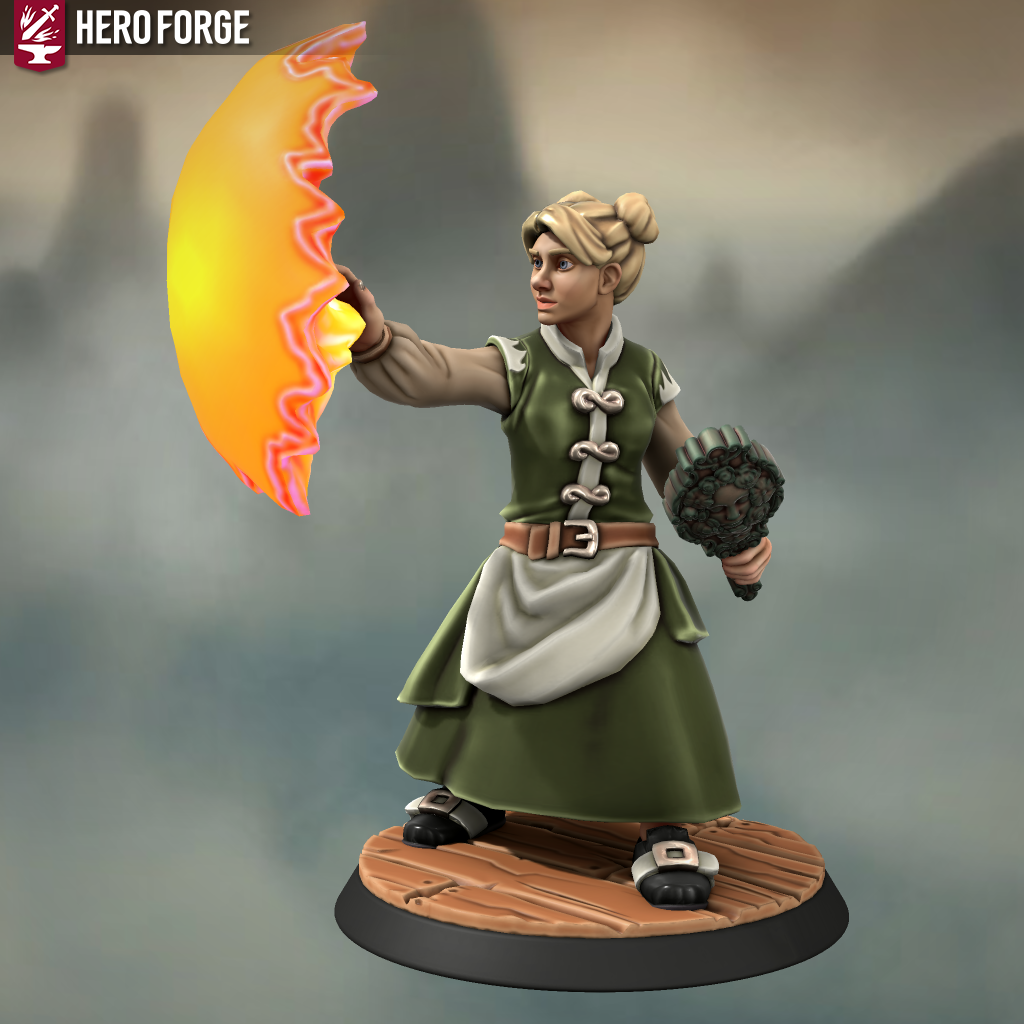Athropomorphized Object
An anthropomorphized object, also known as an 'animant' or as a member of the 'animated,' is a humanoid creature created as a result of a mundane object being exposed to The Transmuter's unique anthropomorphosis process. While they possess some connection to the objects which they once were, anthropomorphized objects are sentient beings which are initially indistinguishable from humans, with the full panoply of personality types inherent thereto.
Basic Information
Anatomy
An anthropomorphized object generally possess some minor physical features reminiscent of their magical origins. Such a being is, however, broadly human in morphology - to the extent that they may not be distinguishable from naturally-born human beings without close inspection.
For example, an anthropomorphized barrel might be stout, broad-chested, mahogany-haired and apt to carrying heavy loads when helping with chores in the Transmuter's Tower. The anthropomorphized object in this example would not be distinguishable from other patrons of a tavern or workers at a lumberyard without careful observation; the sent of fresh-cut pine lingering about him and the unusual durability of his flesh, however, might give away his identity.
Genetics and Reproduction
An anthropomorphized object is generally created when the Transmuter performs the experimental arcane anthropomorphosis procedure upon an otherwise inanimate object. The object appears to become 'vaporous' and grow during this process, gradually taking the form of a human being over the course around ten minutes.
As of yet, only the first generation of anthropomorphized objects have matured and learned enough about the world to seek out romantic partners outside of the Tower. None of these amorous connections have thus far resulted in families, though this is more a matter of time than physiology.
Growth Rate & Stages
Thus far, all anthropomorphized objects come into being as fully-formed human adults between the apparent ages of 18 and 24 years of age. The cause of the variation in apparent age at the time of creation has yet to be discovered, though the Transmuter suspects that it might have something to do with the age or level of craftsmanship of the object used in anthropomorphosis. These beings come into being with a basic set of living skills (i.e. speech, reading, writing, walking, and comprehension) commensurate with their apparent age. Though they seem not to know much about the broader world beyond topics related to their item of origin (i.e. simple construction, use, and maintenance), they often demonstrate an uncanny thirst for knowledge, rapidly matching or even exceeding the intellectual development expected of their apparent age.
The upper age limit of an animant is, thus far, unknown.
Biological Cycle
If 'slain,' an anthropomorphized object leaves behind no body. Instead, the individual immediately turns to vapor which, subsequently, coalesces back into the form of the object used in their creation via anthropomorphosis. While it has only been attempted once, it has been noted that a previously anthropomorphized object which undergoes the procedure a second time reforms into the same 'person' that it was before its 'death.' Whether anthropomorphized objects age or die due to old age has not yet been observed.
Mira, an anthropomorphized hand mirror and support spellcaster, uses the Reinforce skill to erect a personal barrier against an oncoming stampede.
Genetic Ancestor(s)
Scientific Name
Homo Sapiens Paphus
Geographic Distribution
Discovered by




Comments